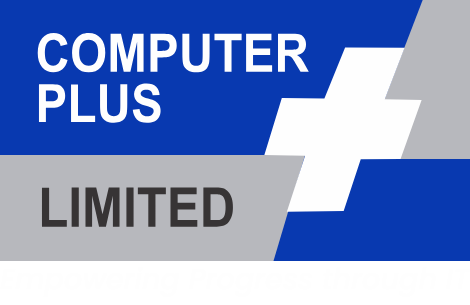In the 1980s, due to the enormous spread of data networks in buildings, there was need to unify criteria between manufacturers and engineers to guarantee the compatibility and connections between systems and computers, above all, make the assembly of this type of facilities. Thus was born the concept of structured cabling.
When we talk about Structured Cabling we refer to cables, connectors, devices and conduits, all of this is part of an infrastructure within a LAN network and its main function is to transport signals from emitting devices to receivers.
Cables within the infrastructure can be shielded or unshielded twisted pair (STP and UTP respectively), optical fibers, and coaxial cables. We can divide structured cabling into two sections:
Vertical Wiring
The vertical cabling, also called “Backbone” or trunk cabling, is responsible for linking the service entrance room with the Data Center and the Data Center with the Telecommunications Rooms.
Horizontal Cabling
The horizontal cabling is in charge of linking the distribution equipment to the user equipment, this cabling is governed by the EIA / TIA 568A standard.
The maximum horizontal distance should not exceed 90 meters (plus 10 meters of clearance in the telecommunications room), this distance is measured from the termination in the user equipment to the switching equipment in the telecommunications room.
Structured cabling must support the different telecommunications services, mainly voice and data, which are integrated into a building. What’s more, It can also integrate imaging services and building automation control.
A structured cabling installation includes the cables as physical support for data transmission, and all the elements (sockets, panels, hubs, etc.) that allow you to connect network devices.
Benefits of Structured Cabling for Businesses
Although we could cite dozens of very interesting properties of structured cabling, the most advantageous for companies are those shown below:
EASY MAINTENANCE
The structured cabling system is an integrated and uniform system that is very easy to maintain both for companies and for specialized technicians in charge of maintenance.
SIGNAL INTEGRATION
As we have stated before, the integration of different applications in a single system allows the use of a single distribution medium for all the cables that enable the signals.
This allows each information output to be integrated into a single project, simplifying the entire fabric of the company.
IDENTICAL CONNECTIVITY
Integration into a single system does not affect the ability of devices and components to transmit information. Therefore it has the same efficiency and connectivity but in a much simpler way.
FUTURE EXPANSIONS
One of the most interesting advantages of structured cabling is that it allows all kinds of extensions to its structure without affecting its operation or information security. This also facilitates transfers in case the company carries them out.
IT IS AN ECONOMIC SYSTEM
The biggest and main cost of the structured cabling system is the initial cost. Once the installation and start-up is done, the company does not need to use additional economic amounts, which is a differential fact with other systems that exist today.
EASY SYSTEM MANAGEMENT
Internally within the organization of the company, the system is extremely easy to administer by employees. If an employee is transferred from his current position to another, he will not need to reconfigure his network station, since he will only have to redirect his connection.
DATA TRANSMISSION SPEED
Today there is no faster system in data transmission than the structured cabling system. Thanks to the data transmission speed that takes place with fiber optics, greater efficiency is achieved that allows increasing productivity. It is therefore the most recommended system for all types of companies that need to increase speed.
Cabling Category
UTP / STP cabling systems are classified into the following categories based on data transmission speed:
- Category 1: used for telephone communications, it is not suitable for data transmission since its speeds do not reach 512 kbit / s.
- Category 2: You can transmit data at speeds of up to 4 Mbit / s.
- Category 3: Used in 10BaseT networks and can transmit data at speeds of up to 10 Mbit / s.
- Category 4: Used in Token Ring networks and can transmit data at speeds up to 16 Mbit / s.
- Category 5: can transmit data at speeds of up to 100 Mbit / s.
- Category 6: High speed networks up to 1 Gbit / s.
- Category 6A: High speed networks up to 10 Gbit / s.
As you can see, there are many advantages that structured cabling can generate in any company.
This system made up of cables, connectors, devices and conduits that make up a complete telecommunications infrastructure is, in short, the most efficient, useful and economical that currently exists on the market.
In any case, before embarking on the installation of a system of these characteristics, it is necessary to make sure that the installation company ensures compliance with the regulations applicable to structured cabling systems.
Luckily, Computer Plus Limited is specialized in the implementation and installation of structured cabling with adaptation to the needs of each organization and the particularities of each building or business headquarters.
Although in principle it may involve an investment, the truth is that the improvements in terms of speed, connectivity and maintenance far exceed the expectations of the vast majority of companies.
Would you like to speak with our team of certified structured cabling specialists ? or are you seeking for a professional advise on how to improve your network cabling infrastructure?
To learn more about how we can assist, contact us here for any inquiries you may have. We look forward to hearing from you!
You can also send a direct email to : info@computerplusng.com

